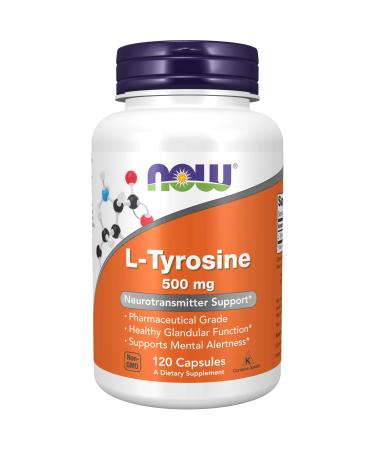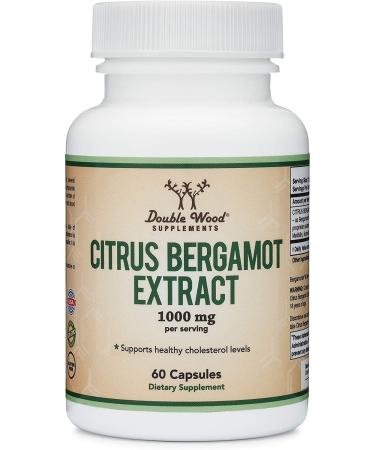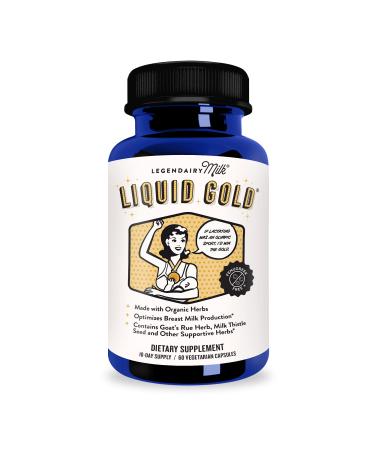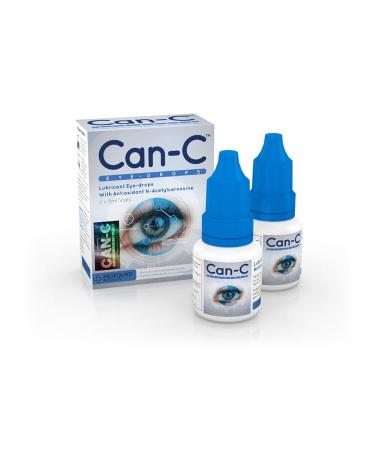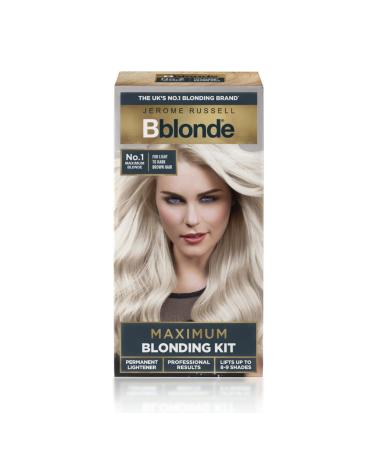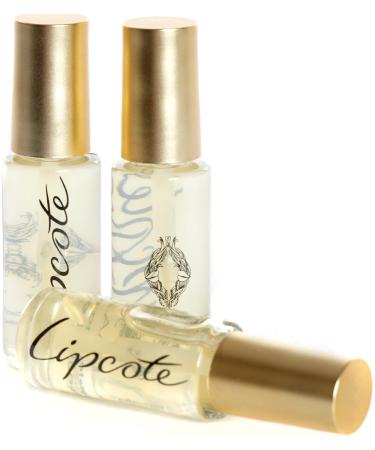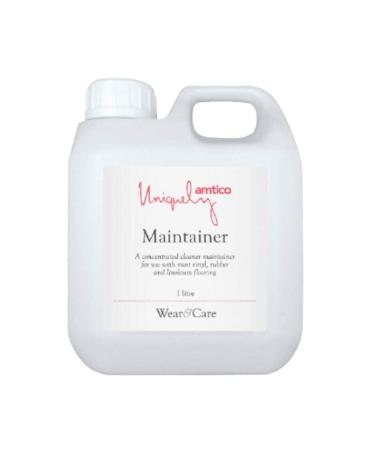Antioxidant Support for Circulatory Health*
Hesperidin is a powerful neutralizer of free radicals. In cell culture experiments, hesperidin provided strong protection against agents that could cause cell damage via the production of superoxide and hydroxyl free radicals from oxygen.4 The potent antioxidant activity of hesperidin, and/or metabolic products derived from it, is one likely basis for its structural support of the capillaries and other small blood vessels.5
Supports Vascular Integrity and Capillary Strength*
Reports dating from the 1930s indicate that hesperidin supports blood capillaries by increasing capillary wall tone.1 Hesperidin methyl chalcone in combination with vitamin C was shown to regulate hyaluronidase (an enzyme that breaks down hyaluronic acid), thereby helping to support the integrity of capillary walls.3
Maintenance of the blood vessel endothelium (the one cell thick layer that lines the blood vessel on the inside) is critical for the health of the circulatory system. Among the many functions of these endothelial cells is to control blood vessel tone and help regulate blood flow to organs. In a randomized, double-blind, placebo-controlled trial of 28 individuals with Metabolic Syndrome (this syndrome is not a disease, but rather a cluster of health factors important to watch), participants were given either 500 mg hesperidin or placebo capsules containing cellulose every day for 3 weeks.6 Endothelial function was assessed by measuring flow-mediated dilation (FMD) in the brachial artery. Compared to placebo, participants taking hesperidin had significantly superior FMD after 3 weeks of supplementation.
Additionally, these researchers reported results from a cell culture study they performed to investigate potential mechanisms that might explain the results seen in the clinical trial.6 Treatment of the cells with hesperidin caused enzymes such as nitric oxide synthase to produce nitric oxide, a key molecular messenger for maintenance of healthy vascular function. This experiment is particularly instructive because the effective concentration of hesperidin on these cells can likely be achieved in the body by consuming a 500 mg daily dose of hesperidin.
Hesperidin also produced circulatory benefits in a clinical trial with 24 healthy, middle-aged, moderately overweight men.7
This randomized, placebo-controlled trial monitored the capacity of the blood vessel endothelium to manage relaxation of the vessel wall. Blood pressure was recorded at the beginning and end of each 4-week period. Hesperidin significantly helped participants maintain healthy blood pressure levels in the normal range.
In an extension of this clinical study, the researchers sought evidence that hesperidin may act at the level of the genes. Ten of the original 24 male subjects donated white blood were studied for changes in gene activity due to hesperidin.8 A total 1,819 genes were found to be regulated by hesperidin, and the pattern of the changes in gene expression—such as in the areas of cell communications, immune response, and lipid metabolism—could be considered as supporting healthy blood vessels. This study was groundbreaking in that it links hesperidin intake to favorable effects on gene functions.
In another area of circulatory health, an animal model suggests that hesperidin may support healthy eyes by promoting ocular blood flow (delivering nutrients and oxygen to the eyes). Hesperidin was shown to increase blood flow to the iris, ciliary body, and choroid parts of the eye in rabbits.9
Hesperidin also offers the potential to support brain health. Experimental cell research demonstrated that hesperidin protected nerve cells against oxidative damage.10 The relatively low concentration of hesperidin used in this study can likely be attained in the body by taking hesperidin supplements. Other studies have suggested that hesperidin can cross the blood-brain barrier, an important requirement
for bioactive compounds to potentially support brain cells. 11, 12
Hesperidin Methyl Chalcone from Doctor's Best offers a powerful citrus flavonoid in a highly absorbable form, with a long history of research that suggests diverse benefits for circulatory health.



